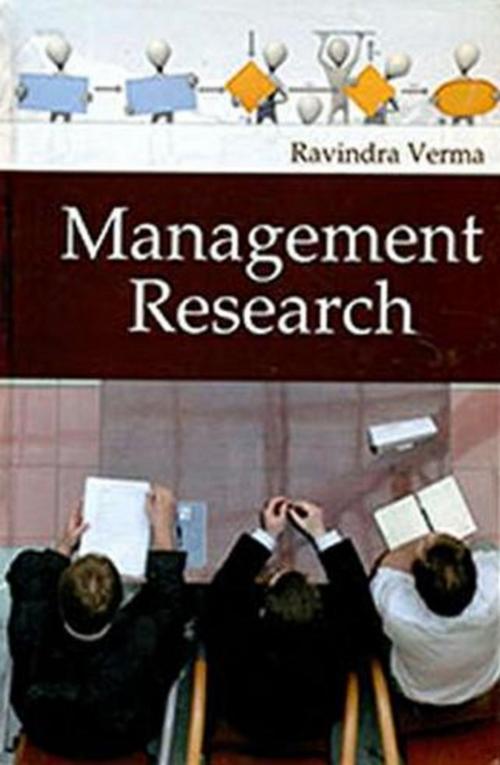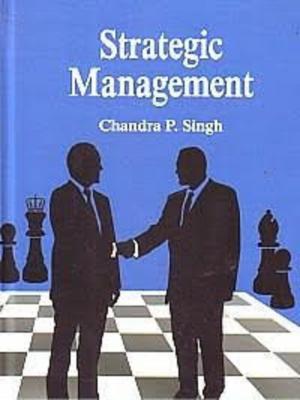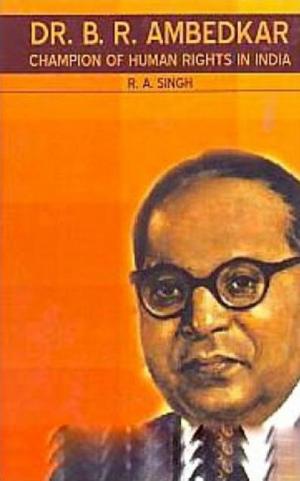| Author: | Ravindra Dr Verma | ISBN: | 9789388034074 |
| Publisher: | Anmol Publications PVT. LTD. | Publication: | June 30, 2014 |
| Imprint: | Anmol Publications PVT. LTD. | Language: | English |
| Author: | Ravindra Dr Verma |
| ISBN: | 9789388034074 |
| Publisher: | Anmol Publications PVT. LTD. |
| Publication: | June 30, 2014 |
| Imprint: | Anmol Publications PVT. LTD. |
| Language: | English |
The steps in research generally represent the overall process, however they should be viewed as an ever-changing process rather than a fixed set of steps. Most researches begin with a general statement of the problem, or rather, the purpose for engaging in the study. The literature review identifies flaws or holes in previous research which provides justification for the study. Often, a literature review is conducted in a given subject area before a research question is identified. A gap in the current literature, as identified by a researcher, then engenders a research question. The research question may be parallel to the hypothesis. The hypothesis is the supposition to be tested. The researcher(s) collects data to test the hypothesis. The researcher(s) then analyzes and interprets the data via a variety of statistical methods, engaging in what is known as Empirical research. The results of the data analysis in confirming or failing to reject the Null hypothesis are then reported and evaluated. At the end the researcher may discuss avenues for further research. The aim of this book is to help you become competent in the process of management and consultancy research activities. In achieving this aim the text encompasses the skills and procedures of consultancy research.
The steps in research generally represent the overall process, however they should be viewed as an ever-changing process rather than a fixed set of steps. Most researches begin with a general statement of the problem, or rather, the purpose for engaging in the study. The literature review identifies flaws or holes in previous research which provides justification for the study. Often, a literature review is conducted in a given subject area before a research question is identified. A gap in the current literature, as identified by a researcher, then engenders a research question. The research question may be parallel to the hypothesis. The hypothesis is the supposition to be tested. The researcher(s) collects data to test the hypothesis. The researcher(s) then analyzes and interprets the data via a variety of statistical methods, engaging in what is known as Empirical research. The results of the data analysis in confirming or failing to reject the Null hypothesis are then reported and evaluated. At the end the researcher may discuss avenues for further research. The aim of this book is to help you become competent in the process of management and consultancy research activities. In achieving this aim the text encompasses the skills and procedures of consultancy research.















